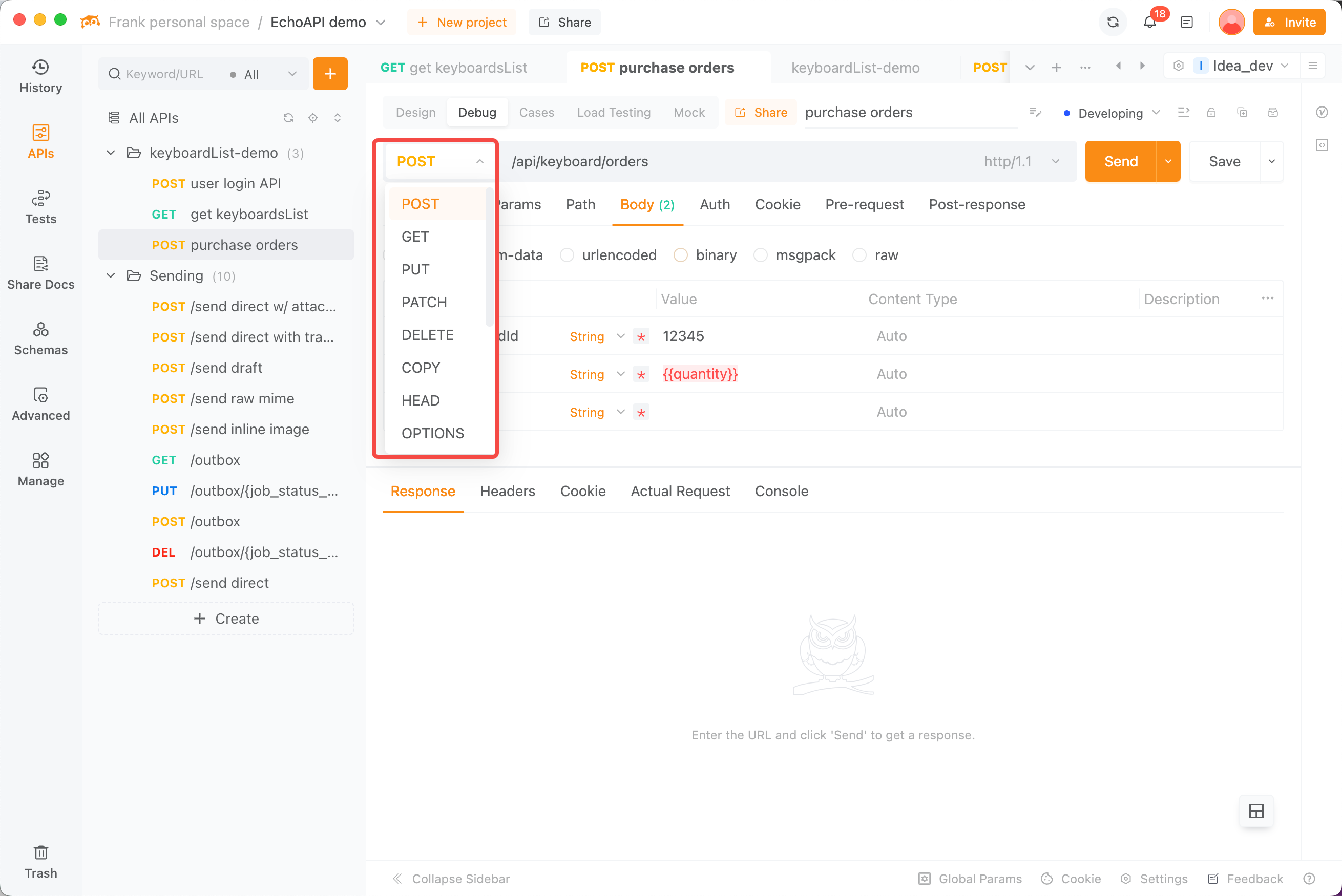Understanding the Differences Between GET and POST: A Comprehensive Guide
When working with APIs, two of the most frequently used HTTP methods are GET and POST. But what exactly distinguishes these two methods? In this article, we’ll clarify the differences between GET and POST, highlighting their unique attributes and appropriate use cases.
The principles of REST APIs and API communication
To understand what GET and POST do, it’s essential first to grasp the principles behind REST APIs and how they operate. REST (Representational State Transfer) is a design style for APIs that employs HTTP methods to manage and manipulate resources. Therefore, the choice of which operation to use and the corresponding HTTP methods often pertains specifically to REST APIs.
How API communication works
REST defines a method for API design, which revolves around the interaction between clients and servers. The communication process generally involves the following steps:
The client sends a request to the server, including the endpoint URL of the desired API and any necessary parameters.
The server receives this request and processes it according to the API’s specifications.
Once processing is complete, the server sends a responseback to the client, containing the requested data or the result of the processed operation.
The client then processes this response.
This exchange between the client and server, facilitated by HTTP or HTTPS protocols, enables API functionalities. Clients can utilize server features, and servers respond to client requests, forming the core of API interactions. Within this framework, GET and POST HTTP methods define how the server should process requests and the format of responses it should return.
What are GET and POST?
Having established the fundamentals of REST APIs, let’s define GET and POST:
GET
GET is an HTTP method used to request data from a specified server. By using the GET method, clients can retrieve information based on parameters sent in the request. Common use cases for GET include:
Searching for user information (e.g., names, addresses, phone numbers)
Retrieving details about geographical locations
Performing searches on various datasets
POST
POST is another HTTP method primarily used to send data to a designated server to create or update resources. When using POST, clients can perform write operations, such as:
Posting updates on social media platforms
Registering new users
Submitting forms and other data-writing operations
Differences between GET and POST: a summary
From the descriptions above, it’s clear that the fundamental difference between GET and POST lies in their intended purpose. Let's break down the differences by examining various aspects:
| Attribute | GET | POST |
| Purpose | Retrieve resources | Create, update, or delete resources |
| Data Storage in URL | Stored in query string | Stored in the request body |
| URL Length Limit | Limited | No limitation |
| Browser History | Recorded in URL | Not recorded |
| Caching | Cacheable | Not cacheable |
| Security | Less secure | More secure |
| Bookmarking | Possible | Not possible |
| Use Cases | - Retrieve web pages |
- Send search queries
- Apply filters | - Submit form data
- Upload files
- Update databases |
Like the table above, HTTP GET and POST can be discussed from various perspectives, such as their purposes, methods of data transmission, and more.
Differences in purpose
GET: Used for retrieving data from the server.
POST: Used for sending data to the server.
Differences in data transmission method
GET: Sends request parameters as query strings attached to the URL.
POST: Includes data in the request body when sending.
Differences in idempotence
GET: Idempotent (multiple identical requests yield the same result).
POST: Not idempotent (multiple identical requests may lead to side effects).
Differences in cacheability
GET: Safe to cache the results.
POST: It's safer not to cache the results.
Differences in security
GET: Request parameters are included in the URL, making it less secure.
POST: Generally considered more secure in terms of data transmission.
Differences in use cases
GET: Commonly used for data retrieval.
POST: Frequently used for data submission or processing requests.
In summary, due to the differences in purpose, mechanics, and characteristics, it is essential to understand the features of each when designing APIs to use them appropriately.
Introducing EchoAPI: fully compatible with all HTTP methods.
For those looking to send API requests or design their APIs, EchoAPI is a powerful API management tool that fully supports all HTTP methods. Whether you are sending HTTP requests or developing web APIs, EchoAPI makes the process straightforward. Additionally, if you are developing your own API, EchoAPI offers various features such as generating API documentation, automating tests, and creating data mocks.
Start experiencing the EchoAPI online version today by using the button below, and leverage the various HTTP methods while sending requests or designing your APIs.
EchoAPI can seamlessly handle a range of HTTP methods, including GET and POST. Both approaches utilize HTTP protocols, necessitating a careful selection of methods based on your goals. Common HTTP methods include:
GET (retrieve content)
POST (add new content)
PUT (modify existing content)
DELETE (remove content)

EchoAPI stands ready to support you, providing a convenient tool for developing and utilizing APIs with all necessary HTTP methods at your disposal.
Conclusion
Understanding the differences in purpose, mechanism, and characteristics of GET and POST is crucial for designing effective APIs. By leveraging these methods appropriately, developers can create APIs that are both efficient and secure. Recognizing when and how to use each method based on their unique attributes is key to successful API development.
Try EchoAPI Interceptor today! https://www.echoapi.com/plugin/chrome?utm_source=6715d073